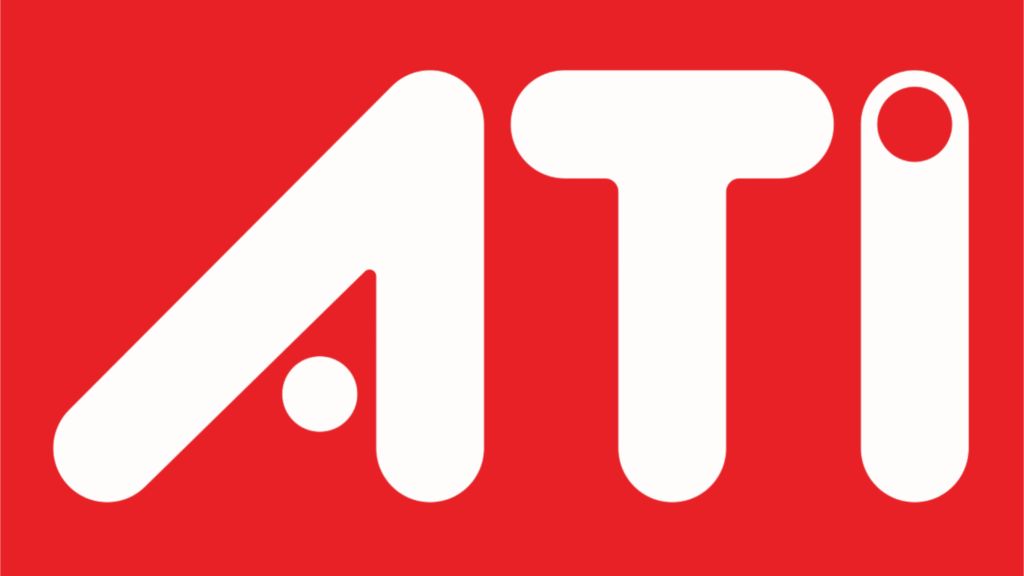Science
Community Revives 20-Year-Old ATI Radeon Cards with New Drivers

The Linux community has successfully revived two-decade-old ATI Radeon graphics cards by introducing new OpenGL extensions. These updates, which enhance memory management functions for the R300 series GPUs, exemplify the remarkable support that independent developers can provide for aging technology.
The R300 series, which debuted with the iconic Radeon 9700 Pro on August 19, 2002, was pivotal in the evolution of consumer graphics. It was the first series to fully support DirectX 9 and brought OpenGL 2.0 capabilities to the desktop. The enhancements included advanced shader programs that were previously exclusive to professional workstation cards.
Independent developer Brais Solla has implemented two significant OpenGL extensions for these older cards, which often feature only 128 MB of GDDR memory. The new drivers allow OpenGL applications, such as GLXInfo, to access detailed information about available graphics memory, which is crucial for optimizing performance on hardware with limited resources.
Notably, official support for these GPUs ended in March 2009 with the release of the Catalyst 9.3 driver. Nevertheless, the Linux community has demonstrated an impressive commitment to extending the life of these graphics cards through ongoing software development. The latest enhancements are expected to be included in the upcoming MESA 25.3 version, currently in development and anticipated to launch in the fourth quarter of 2025.
The R300 series was groundbreaking at its release, boasting specifications such as 110 million transistors and a 256-bit memory bus, which set new benchmarks for graphics performance. The original launch price of the Radeon 9700 Pro was around 460 euros, positioning it as a strong competitor to Nvidia’s GeForce4-Ti series.
The newly implemented extensions, while rooted in concepts from 2009, were never previously integrated into the R300 architecture. They aim to provide better insights into VRAM consumption and improve GPU memory management for games and applications. This initiative not only enhances the functionality of aging hardware but also highlights the potential for community-driven support to breathe new life into older technology.
As the tech landscape continues to evolve, this case serves as a reminder that software can prolong the utility of hardware that might otherwise be deemed obsolete, showcasing the dedication of developers like Brais Solla and the broader Linux community.
-

 Technology5 months ago
Technology5 months agoDiscover the Top 10 Calorie Counting Apps of 2025
-

 Technology3 weeks ago
Technology3 weeks agoOpenAI to Implement Age Verification for ChatGPT by December 2025
-

 Health3 months ago
Health3 months agoBella Hadid Shares Health Update After Treatment for Lyme Disease
-

 Health3 months ago
Health3 months agoAnalysts Project Stronger Growth for Apple’s iPhone 17 Lineup
-

 Health3 months ago
Health3 months agoErin Bates Shares Recovery Update Following Sepsis Complications
-

 Technology5 months ago
Technology5 months agoDiscover How to Reverse Image Search Using ChatGPT Effortlessly
-

 Technology3 months ago
Technology3 months agoElectric Moto Influencer Surronster Arrested in Tijuana
-

 Technology2 months ago
Technology2 months agoDiscover 2025’s Top GPUs for Exceptional 4K Gaming Performance
-

 Technology5 months ago
Technology5 months agoMeta Initiates $60B AI Data Center Expansion, Starting in Ohio
-

 Technology5 months ago
Technology5 months agoRecovering a Suspended TikTok Account: A Step-by-Step Guide
-

 Health5 months ago
Health5 months agoTested: Rab Firewall Mountain Jacket Survives Harsh Conditions
-

 Lifestyle5 months ago
Lifestyle5 months agoBelton Family Reunites After Daughter Survives Hill Country Floods









